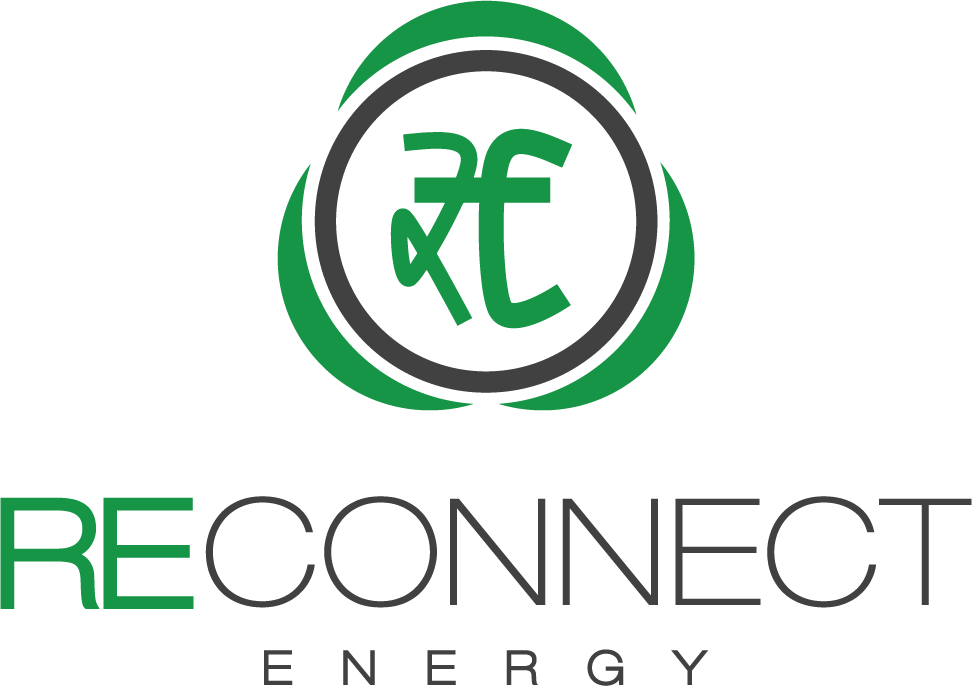Reinstatement of Accelerated Depreciation benefit for wind and its impact on the Renewable Energy Industry
Earlier last month, when the Union Budget was presented, there was a mention of reinstatement of Accelerated Depreciation ( AD ) for Wind Energy generators, in the Hindi version of the budget, whereas it found no mention in the English version. This caused confusion in the RE industry circles. However, the government clarified that AD has indeed been brought back on wind investments.
Wind Power development in India started in the early 90s. As per Section 80(J) of Income Tax Act 1961, industries were allowed 80% depreciation on capital invested. Since then till 2012 (when the benefit was removed), Wind Power development and growth has always relied primarily on Accelerated Depreciation (AD).
New wind capacity additional peaked in 2011-12 at about 3,200 MW, falling sharply to 1,700 MW the next year as AD benefits were removed. The argument put forward at that time by policy makers was that wind industry had matured, and the focus needed to shift to solar. This fits well with the objectives of the National Solar Mission.
The decline in wind investment due to withdrawal of AD coincided with healthy growth of close to 60% in Solar Power in 2012-13 and 2013-14. The market momentum had definitely shifted in favor of Solar. Our analysis suggests that Wind AD market had an investing capital of close to 7300 crores. This shifted to Solar AD market which saw increase in investments worth Rs 7500 crores during 2012-13.
The new government has announced that it was reintroducing AD (80%) in 2014, much to the delight of Wind Power stakeholders. We believe that the investment momentum will shift again to wind due to more mature policies and attractive tariffs.
Wind tariff in recent years have become very attractive and are close to solar tariff in many states. In Rajasthan, Maharashtra and MP, tariff in the range of Rs. 5, whereas solar tariffs are generally in the range of Rs. 6, leaving a very small gap.
With this, there will certainly be a diversion in investments from Solar to Wind power in the times to come.
These can also be understood from the table and graph below.


The green dots represent the advantage to the sector.

